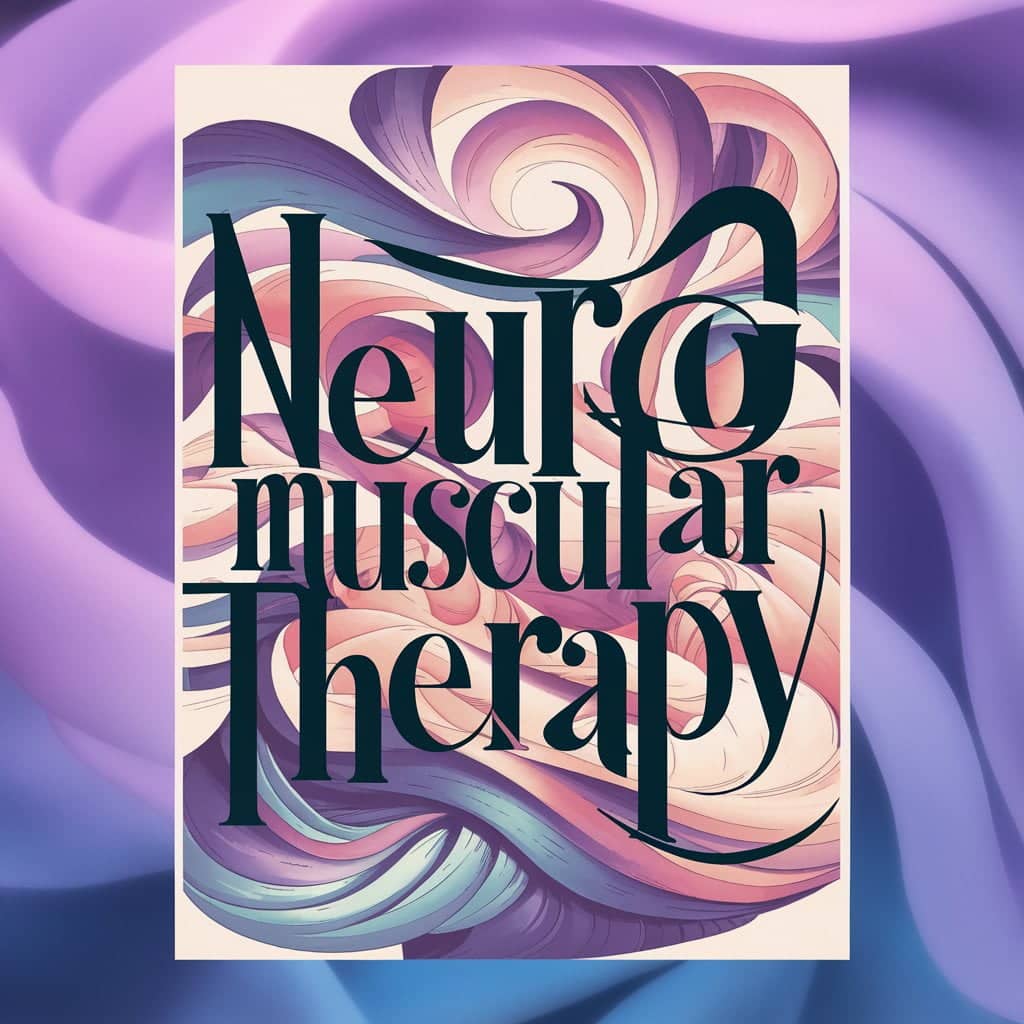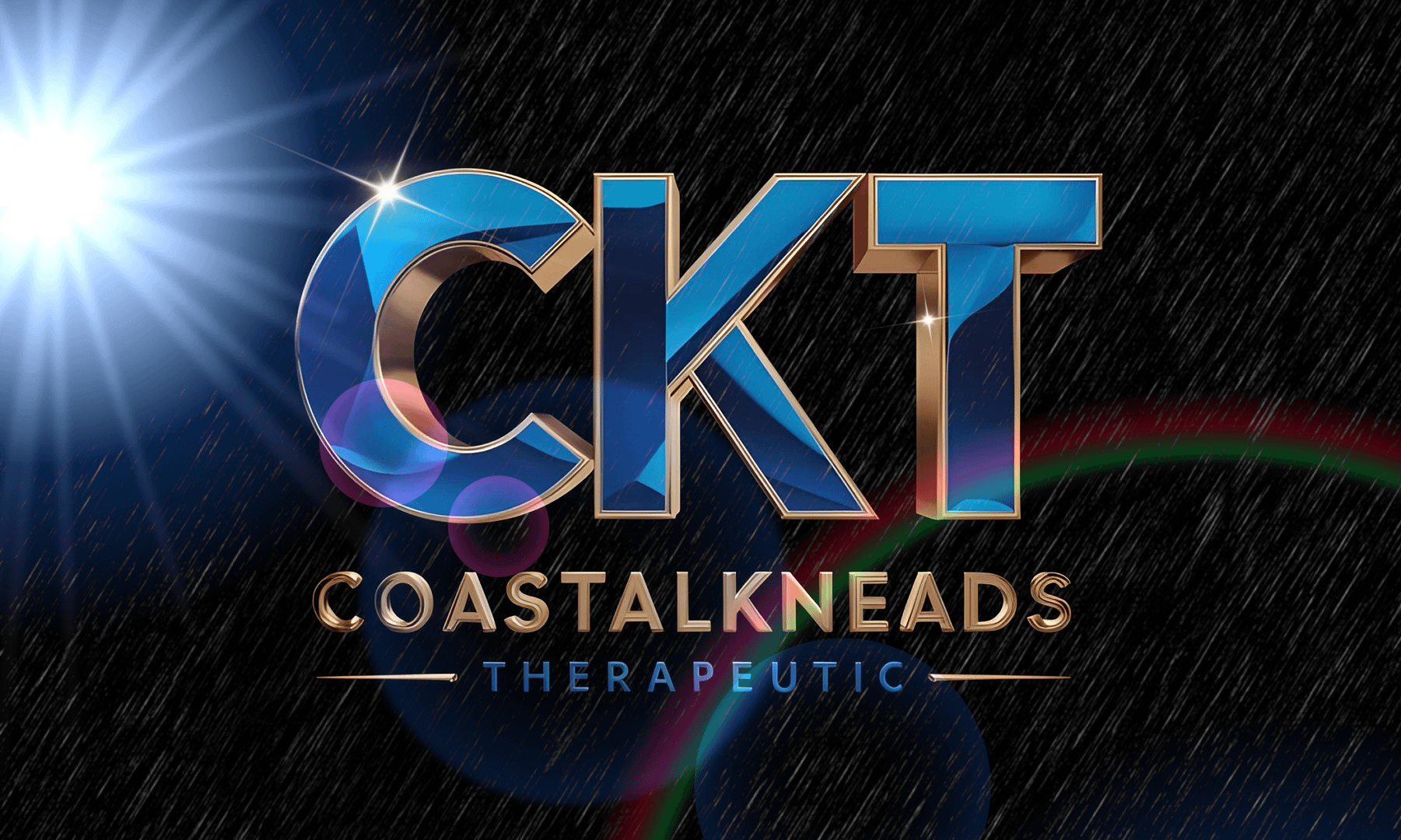Neuromuscular Therapy vs Massage Therapy
Introduction
In today’s fast-paced world, managing stress and maintaining physical health are more important than ever. When it comes to therapeutic options, two popular choices often come to mind: Neuromuscular Therapy (NMT) and traditional Massage Therapy. But what sets these two practices apart? Understanding the distinctions can help you make an informed decision about which therapy might be best for your needs. What is Neuromuscular Therapy (NMT)?
Origins and History
Neuromuscular Therapy, also known as NMT, has its roots in the mid-20th century. It was developed to address chronic pain and improve the body’s functionality by focusing on the nervous system and musculoskeletal system.
Core Principles
NMT operates on the principle that pain and dysfunction arise from imbalances in the nervous and musculoskeletal systems. It involves precise techniques aimed at correcting these imbalances.
Techniques Used in NMT
Techniques in NMT include:
- Trigger point therapy
- Myofascial release
- Postural assessment and correction
- Soft tissue manipulation
Common Conditions Treated
NMT is often used to treat:
- Chronic pain
- Sports injuries
- Postural problems
- Headaches and migraines
What is Massage Therapy?
Origins and History
Massage Therapy is an ancient practice with roots in various cultures, including Chinese, Egyptian, and Greek traditions. It has evolved over centuries to incorporate a variety of techniques aimed at promoting relaxation and healing.
Core Principles
Massage Therapy focuses on manipulating the body’s soft tissues to enhance physical and mental well-being. It emphasizes the flow of energy and the balance between body and mind.
Different Types of Massage Therapy
Some common types of massage therapy include:
- Swedish massage
- Deep tissue massage
- Sports massage
- Aromatherapy massage
Common Conditions Treated
Massage Therapy is beneficial for:
- Muscle tension and soreness
- Stress and anxiety
- Poor circulation
- Recovery from physical exertion
Key Differences Between Neuromuscular Therapy and Massage Therapy
Philosophical Differences
While both therapies aim to improve health, NMT is more focused on treating specific medical conditions and correcting imbalances, whereas Massage Therapy often emphasizes relaxation and overall wellness.
Technique Differences
NMT uses targeted techniques like trigger point therapy and myofascial release. In contrast, Massage Therapy techniques vary widely but generally involve more generalized and flowing movements.
Treatment Goals
The primary goal of NMT is to relieve chronic pain and correct dysfunctions, while Massage Therapy aims to relax the body and mind, reduce stress, and improve circulation.
Duration and Frequency of Treatment
NMT sessions may be more intensive and spaced out depending on the condition being treated, whereas Massage Therapy sessions can be more frequent and are often shorter in duration.
Benefits of Neuromuscular Therapy
Pain Relief
One of the most significant benefits of NMT is its effectiveness in relieving chronic pain. By targeting the root causes, NMT can provide long-lasting pain relief.
Improved Mobility
NMT can help restore normal movement patterns by correcting muscular and postural imbalances.
Enhanced Athletic Performance
Athletes often use NMT to improve performance and prevent injuries by ensuring their bodies are functioning optimally.
Stress Reduction
Although not its primary focus, NMT can also reduce stress by alleviating physical discomfort that contributes to tension.
Benefits of Massage Therapy
Relaxation
Massage Therapy is renowned for its ability to relax both the body and mind, promoting a sense of well-being.
Stress Relief
Regular massage sessions can significantly reduce stress levels, helping to manage anxiety and improve overall mental health.
Improved Circulation
Massage Therapy stimulates blood flow, which can enhance nutrient delivery and waste removal from tissues.
Muscle Recovery
For those who engage in physical activities, massage can aid in muscle recovery and reduce soreness.
How to Choose Between Neuromuscular Therapy and Massage Therapy
Assessing Your Needs
Consider what you need most: targeted pain relief and correction of physical issues (NMT) or general relaxation and stress relief (Massage Therapy).
Consultation with Professionals
Talk to a healthcare provider or therapist about your symptoms and goals to get a professional recommendation.
Personal Preferences
Your comfort with the therapy style and your personal health goals should guide your choice.
Specific Conditions and Goals
If you have a specific medical condition or injury, NMT might be more appropriate. For general wellness and relaxation, Massage Therapy is a great option.
Combining Neuromuscular Therapy and Massage Therapy
Holistic Approach to Healing
Combining both therapies can offer a holistic approach, addressing both specific issues and overall wellness.
Creating a Balanced Treatment Plan
A balanced plan might involve using NMT for targeted treatment and Massage Therapy for relaxation and maintenance.
Case Studies
Many individuals find success in combining therapies, such as athletes who use NMT for injury recovery and Massage Therapy for relaxation.
Common Myths and Misconceptions
Misconceptions About NMT
Some believe NMT is painful or only for severe conditions, but it can be adjusted to be comfortable and is beneficial for various issues.
Misconceptions About Massage Therapy
Massage Therapy is sometimes seen as a luxury rather than a healthcare option, but it has significant therapeutic benefits.
Case Studies and Testimonials
Success Stories with NMT
Patients with chronic pain often report significant improvement in their symptoms after NMT sessions.
Success Stories with Massage Therapy
Many individuals experience profound relaxation and stress relief, leading to better overall health and happiness.
Training and Certification Requirements
Requirements for Neuromuscular Therapists
NMT practitioners often undergo specialized training in anatomy, physiology, and specific NMT techniques.
Requirements for Massage Therapists
Massage Therapists typically complete accredited programs that include comprehensive training in various massage techniques and client care.
Cost Considerations
Cost of Neuromuscular Therapy
NMT sessions can vary in cost but are often covered by insurance if deemed medically necessary.
Cost of Massage Therapy
Massage Therapy costs also vary and may be covered by insurance, particularly if prescribed by a healthcare provider.
Insurance and Reimbursement
Check with your insurance provider to understand coverage options for both NMT and Massage Therapy.
Finding a Qualified Therapist
Tips for Finding a Neuromuscular Therapist
Look for therapists with certifications in NMT and check their experience and client reviews.
Tips for Finding a Massage Therapist
Seek out licensed Massage Therapists with positive testimonials and a professional approach.
Questions to Ask Potential Therapists
Inquire about their training, experience, and approach to treatment to ensure they meet your needs.
Conclusion
Understanding the differences between Neuromuscular Therapy and Massage Therapy is crucial in choosing the right treatment for your needs. Both therapies offer unique benefits and can be tailored to address specific conditions or general wellness goals. By considering your individual needs and consulting with professionals, you can make an informed decision that enhances your health and well-being.
FAQs
What is the difference between neuromuscular therapy and regular massage?
Neuromuscular Therapy focuses on treating specific medical conditions and correcting physical imbalances, while regular Massage Therapy often aims at relaxation and general well-being.
Can I combine NMT and massage therapy in one session?
Yes, combining both can provide a holistic approach to healing, addressing both specific issues and overall relaxation.
How often should I get neuromuscular therapy?
The frequency depends on the condition being treated. Consult your therapist for a personalized treatment plan.
Are there any side effects of neuromuscular therapy?
Side effects are rare but may include temporary soreness or discomfort. Always discuss any concerns with your therapist.
How do I know if a therapist is qualified?
Check for certifications, training, and client reviews to ensure your therapist is properly qualified.

“Excellent service! Good communication and great listening skills.Listened to my request and answered my questions.I have a serious injury but after 1visit, I physically feel better and appreciate the personal health advice.I highly recommend to anyone!”
-Elias Freitas 2024 (Google Review)
<script async src="https://pagead2.googlesyndication.com/pagead/js/adsbygoogle.js?client=ca-pub-8225834872450380"
crossorigin="anonymous"></script><script async src="https://pagead2.googlesyndication.com/pagead/js/adsbygoogle.js?client=ca-pub-8225834872450380"
crossorigin="anonymous"></script>

